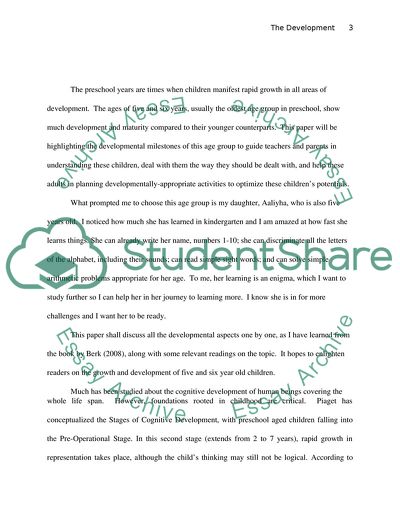Cite this document
(The Development of Five and Six Years Old Article, n.d.)
The Development of Five and Six Years Old Article. Retrieved from https://studentshare.org/education/1730171-development-in-five-and-six-years-old
The Development of Five and Six Years Old Article. Retrieved from https://studentshare.org/education/1730171-development-in-five-and-six-years-old
(The Development of Five and Six Years Old Article)
The Development of Five and Six Years Old Article. https://studentshare.org/education/1730171-development-in-five-and-six-years-old.
The Development of Five and Six Years Old Article. https://studentshare.org/education/1730171-development-in-five-and-six-years-old.
“The Development of Five and Six Years Old Article”, n.d. https://studentshare.org/education/1730171-development-in-five-and-six-years-old.


